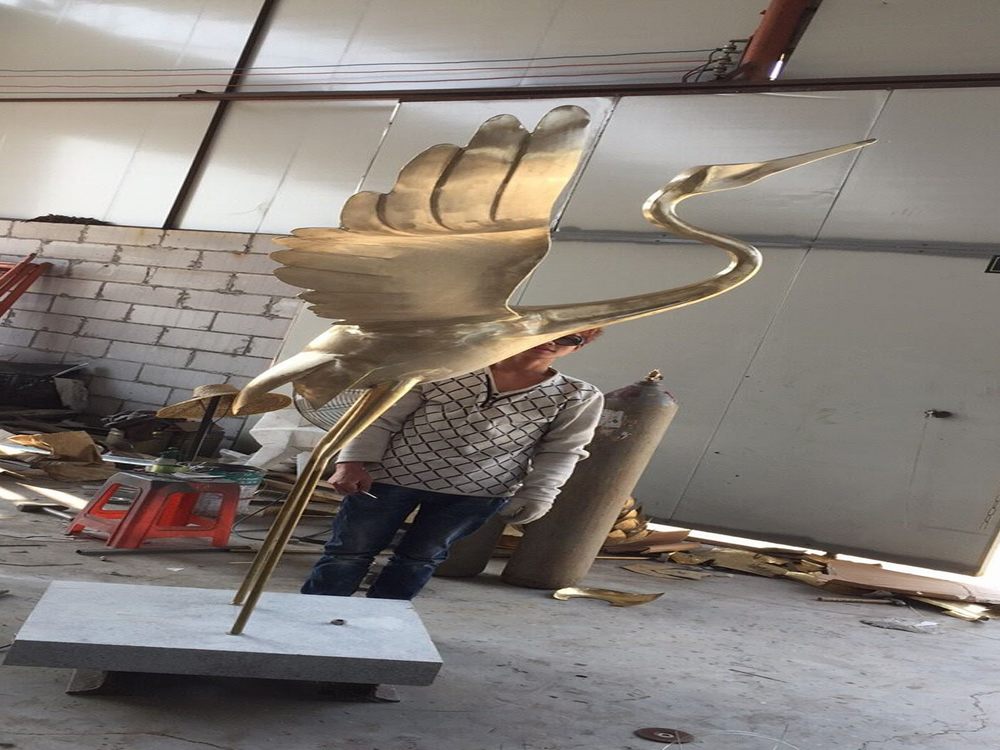
Artists who work with stone often view natural fractures not as flaws but as opportunities. These fractures, formed over millennia by geological forces, provide a roadmap for sculptors, guiding their tools and creative decisions. By carefully studying the stone's internal structure, artists can determine the most efficient and aesthetically pleasing way to carve.
The process begins with thorough examination. Seasoned sculptors tap the stone lightly with a hammer, listening to the resonance to detect hidden fissures. They observe surface cracks and color variations that hint at internal weaknesses. This diagnostic phase is crucial, as working against the stone's natural grain can lead to unintended breaks or compromised structural integrity.
Once understood, these fractures become integral to the design. Some artists incorporate them as dramatic features, allowing cracks to become part of the sculpture's narrative. Others use them as natural boundaries, carving along fracture lines to minimize resistance and tool wear. The Japanese art of suiseki particularly celebrates such natural formations, sometimes requiring minimal human intervention.
Modern technology like 3D scanning has enhanced this ancient practice, allowing artists to visualize internal structures before carving. However, the fundamental principle remains: working with, rather than against, the stone's inherent character. This approach not only preserves material but often leads to more organic, dynamic artworks that maintain a dialogue with their geological origins.
The result is a harmonious blend of human creativity and natural formation, where the artist's vision collaborates with the stone's history to produce works that feel both intentional and inevitable.

